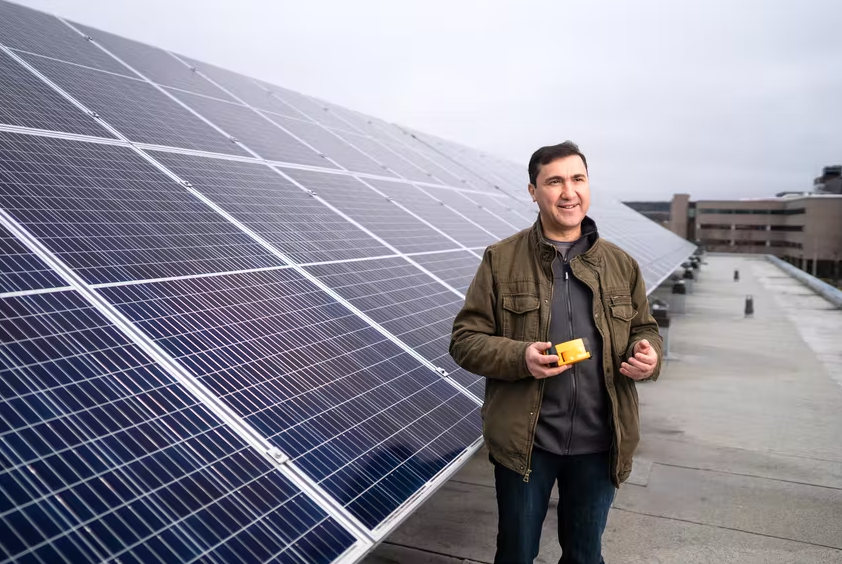Dr. Jason Rhinelander and Ross Arsenault
By Jessica Long
As an Engineering professor and an expert in Artificial Intelligence, Dr. Jason Rhinelander’s research focuses on applying machine learning and optimization to embedded, real-time systems. Dr. Rhinelander was Ashored Inc.‘s academic supervisor for a project entitled, “Environmental testing of existing and proposed ropeless fishing system line management methods,” which was funded in part by Mitacs through the Accelerate Entrepreneurship program. Ashored Inc. has been developing a “rope-on-command” fishing system which reduces lost gear, automates the collection and dissemination of gear data, and allows fishing to continue sustainably in zones closed for animal protection.
Under Dr. Rhinelander’s supervision, Ross Arsenault, Co-Founder and Chief Operations Officer of Ashored Innovations, and Saint Mary’s Alumni (BComm’18 MTEI’20), explored respooling and resetting buoy lines from trap fishing applications into caged ropeless fishing systems. The results of this research allowed Ashored to design a modular rope and release cage that can be used seamlessly in real world commercial trap fishing. This lidded cage design streamlines the time required to reload the system with the buoy line for deployment to merely a few seconds.
“When we started Ashored, there were a number of unknowns and variables that we needed to solve before we could develop a rope containment unit for our rope-on-command fishing systems,” says Arsenault. “By engaging with the Office of Innovation and Community Engagement and Mitacs, we were able to put together a project that allowed us to learn essential information and test our hypotheses in a scientifically vetted process and in a resource-rich environment. We received both the freedom and framework to succeed in our project and had expert mentorship to fall back on if issues or surprises arose in our research.”
Photo (L-R): Dr. Jason Rhinelander and Ross Arsenault
The Office of Innovation and Community Engagement facilitates research relationships between Saint Mary’s University and companies, government departments and community organizations.
Read about more innovative partnerships between Saint Mary’s University faculty and industry partners in their 2022 report.



